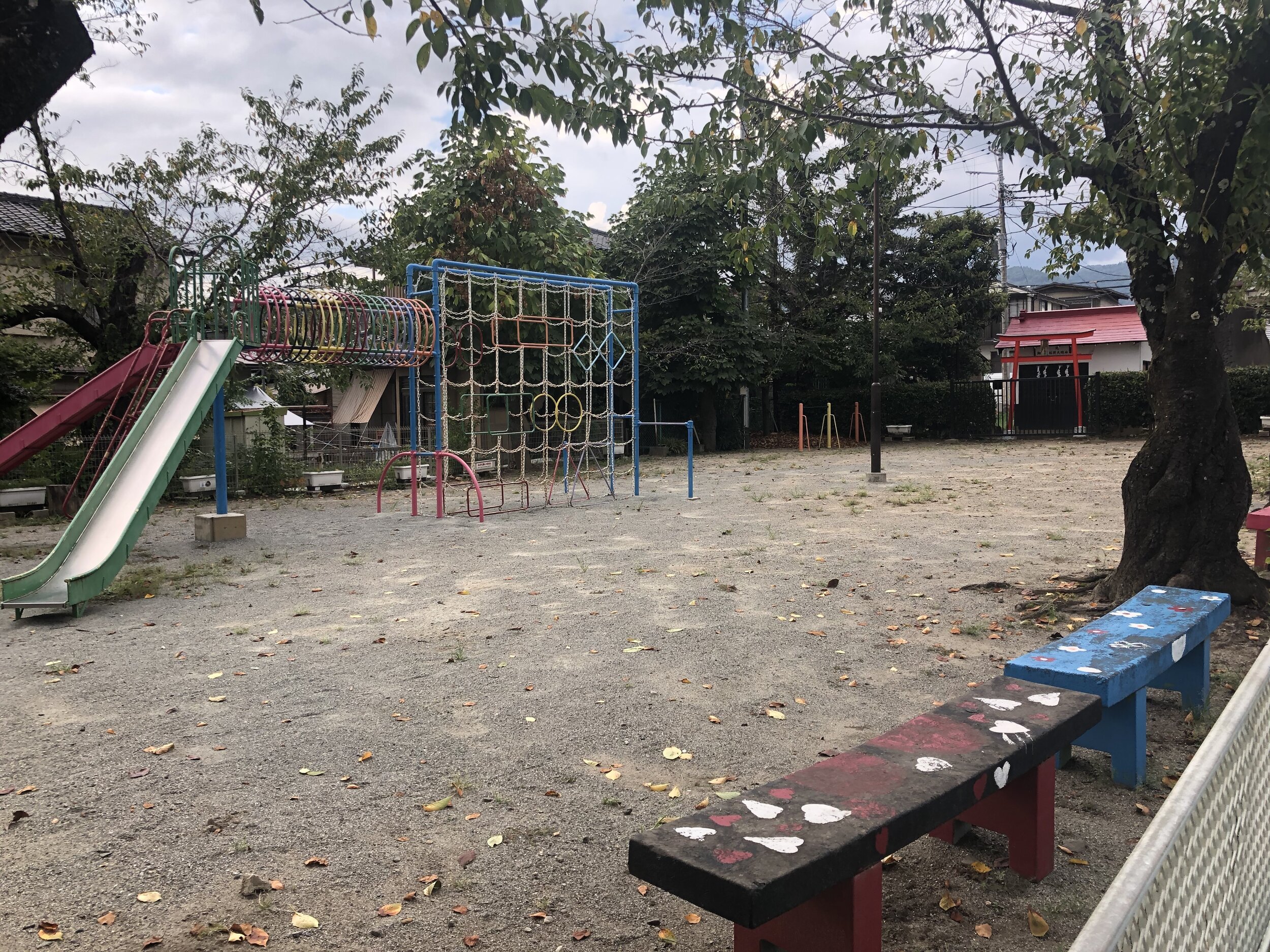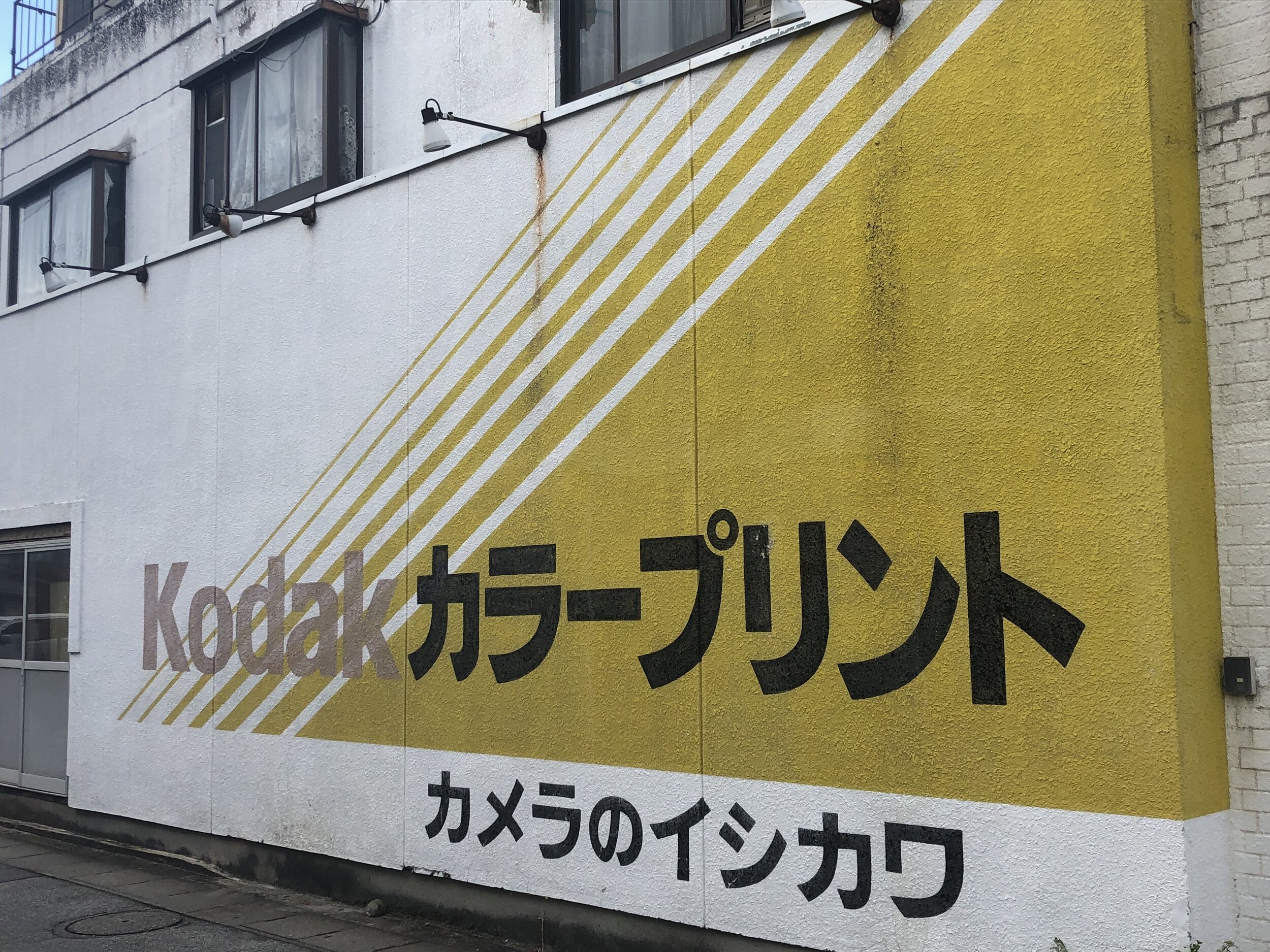Sanako Chiba
You may have passed through the Asahi district of Kofu on your way somewhere else. Yamanote Street runs east-west through the district and is one of the main roadways north of Kofu Station, leading west to the Yumura onsen area and east through Atago Tunnel, behind Kai-Zenkoji, and onwards to Fuefuki.
Or you may have come to Asahi Street to do some shopping. If not, you really should, for there’s a bit of fun, walking up and down Asahi Street - you’ll find a musical instrument shop, a ballet studio, gelato, and more. Like many neighborhoods, if you let yourself get sidetracked, you can find parks, shrines, and temples tucked away down the alleys. In most neighborhoods, the temples’ existence is pretty inconsequential to anyone other than neighbors, cats, and those who’ve taken a wrong turn. Seiunji Temple (清運寺), in Asahi 5-Chome, is a little different. At Seiunji, you can find the grave of a woman whose connection to Kofu is rather tenuous, but whose close connection to some remarkable people shows her to be quite remarkable in her own right.
The first step in explaining why Sanako Chiba 千葉さな子 is special is her identification as an Onna-Bugeisha 女武芸者. Onna-Bugeisha were warriors trained to use naginata 薙刀, a kind of pole weapon, and kaiken 懐剣, a kind of dagger. Some high schools have naginata clubs. Chiba also studied dueling with longer swords.
Osamu Dazai (cutout) and a cat (the real deal) in Seiunji.
You may have noticed that the word “Onna-Bugeisha” is prefixed by 女, female. This is the difficulty I have talking about Chiba - describing her on her own terms. She was a master of swordplay at a time when noble women were expected to be demure and subservient. She did win matches against formidable opponents. And she was also an instructor. But accounts of her skill always seem to be paired with testimonies to her beauty and so much of what is known about her is defined by the men in her life.
Chiba’s uncle was Shusaku Narimasa Chiba, the founder of a dueling school (the Hokushin Itto-ryu) in Edo (Tokyo.) Her father, Sadakichi Masamichi Chiba, was the headmaster of one of the school’s dojos.
Ryoma Sakamoto was a samurai from Shikoku who came to Chiba’s dojo to train. Sakamoto is a legendary figure in Japan. A Nippon Television poll had him ranked second overall among favorite historical figures (including non-Japanese figures.) Sakamoto was an opponent of the shogunate. He thought the people should have more political power. Though he was a student of Japanese traditions and was photographed in samurai garb, he wanted to modernize, industrialize, and democratize Japan. It is said that he and Chiba became involved, engaged to marry even, but then he completed his training and returned to Shikoku.
Chiba’s connection to Kofu comes through Kenmei Otagiri. Otagiri was a leader in Yamanashi’s Movement for Civic Rights and Freedom 自由民権運動. Not only does he have a display in the Museum of Modern Yamanashi Historical Figures, he has a monument at Kofu Castle.
Later in life, Chiba ran a moxibustion (灸術, a traditional Chinese therapy) clinic. Otagiri and his wife were her patients. They arranged to have Chiba’s remains placed in the Otagiri family site in Seiunji.
While these men have left behind clear impressions in Japanese history (and in corresponding English translations), Chiba Sanako remains inexact. I’m not even sharing any pictures of her as the ones I’ve seen have been attributed to more than one person. This issue is probably due to her relationship with Sakamoto. As a revered Japanese figure, he’s been the subject of many novels, films, and TV shows. As a result, I think people know Chiba more as a dramatic character than a real person. The image they have of her is really an actress’s portrayal in the Ryoma Sakamoto Story they’re most familiar with. While there is some evidence that Chiba and Sakamoto were engaged (including markings on her grave), it’s more romantic to focus on the less substantial - Sakamoto gave her a piece of his kimono sleeve as a sign of engagement; Sakamoto’s eventual wife was jealous of Chiba; Chiba swore she would never marry after Sakamoto was killed. The truth of these things may be lost to the past but a good story is hard to let go.
The back of Chiba’s grave. The lefthand markings read 坂本龍馬室, “wife of Ryoma Sakamoto.”
During the broadcast of the 2010 NHK drama Ryomaden, visits to Seiunji increased so much that this nearby shop started selling Sanako Chiba sake and wine (all sold out now.)
To make an afternoon of it, I’d recommend exploring Asahi Street after lunch. Get a snack or gelato and maybe some bread for home. Check out the side streets to the east, then visit Seiunji to the west. If the weather is suitable you could eat your snacks at Asahi Park. Finish off with a beer at Persona Brewery.
Asahi Park
Persona Brewery
In the south of Asahi, keep an eye out for Takasago Onsen 高砂温泉. It’s now defunct but occasionally hosts art and music shows.
Other Links
Here is the Kofu City webpage about Sanako Chiba’s grave at Seiunji. (Japanese)
Currently, there is no English Wikipedia page for Sanako Chiba. So Trax Translates has gone ahead and done one. It’s not just a translation though - it has interesting notes and is fun to read.
Another English account can be found on A Light in the Clouds. This is some website, with tons of posts on culture and history. If you’re interested in Chiba as a warrior, this is the account to read.
*What’s up with Osamu Dazai?
I don’t know Osamu Dazai’s connection to Seiunji but the novelist sought shelter in Kofu when Tokyo was being bombed. You could always finish your Asahi day at Kiku-no-Yu Onsen (喜久乃湯温泉.) It’s in the northern part of Asahi, open until 9:30 PM (except Wednesdays), and was frequented by Dazai.

















